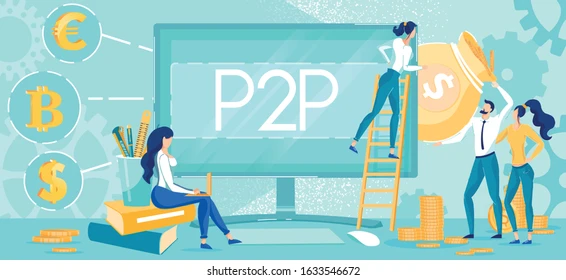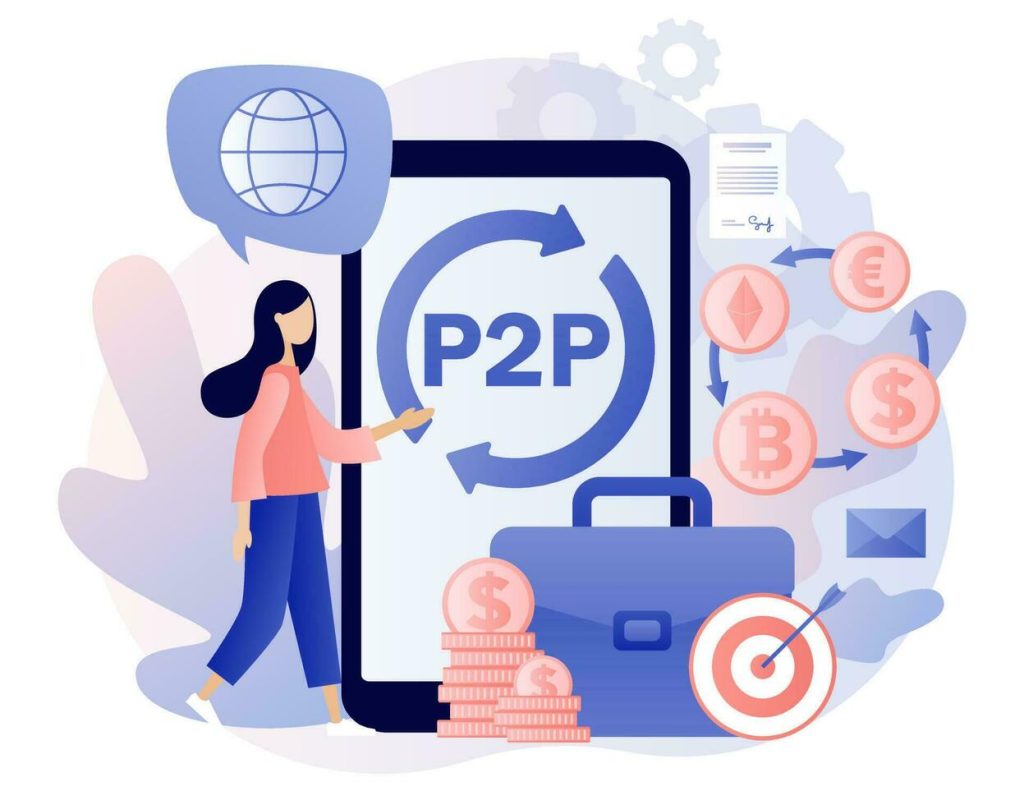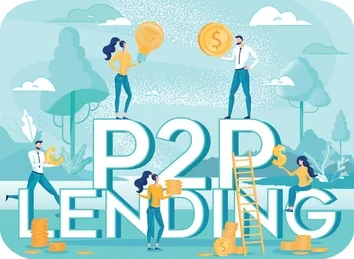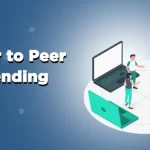Peer-to-peer lending platforms for charities
Peer-to-peer lending platforms offer charities a transformative approach to fundraising and resource allocation. These platforms provide a direct channel for individuals and organizations to support charitable initiatives, bypassing traditional intermediaries and administrative overheads. By connecting donors directly with beneficiaries, peer-to-peer lending platforms enhance transparency and accountability in charitable giving, ensuring that contributions have a tangible impact on the ground. Moreover, these platforms empower grassroots initiatives by providing access to much-needed financial resources, enabling charitable organizations to reach a wider audience of potential donors. With the capacity to facilitate sustainable giving practices and foster global collaboration, peer-to-peer lending platforms are poised to revolutionize the landscape of charitable giving, driving meaningful social impact and creating positive change worldwide.

What is peer-to-peer (P2P) lending?
Peer-to-peer (P2P) lending is a type of financial technology that allows people to lend to or borrow from each other without going to a bank.
Websites that facilitate peer-to-peer lending have greatly increased the use of this method as an alternative financing method.
Peer-to-peer lending is also known as “social lending” or “crowd lending”. This phenomenon has only been around since 2005, but the crowd of competitors in this space now also includes Prosper, Lending Club, Upstart and StreetShares.
Important Notes
P2P lending websites connect borrowers directly to investors. These websites set the rates and conditions and activate the deals.
P2P lenders are investors who want a better return on their cash savings than a bank savings account or certificate of deposit.
P2P borrowers are looking for alternatives to conventional banks or lower interest rates.
MVM car managers (news page)
P2P loan default rates are much higher than conventional finance rates.
Familiarity with peer-to-peer lending
P2P lending websites connect borrowers directly to lenders. Each website determines the rates and conditions and provides the possibility of trading. Most websites offer a wide range of interest rates based on the credit value of the applicant.
The way it works is that first, an investor opens an account on the website and deposits an amount for distribution in the form of a loan in his account. The loan applicant also sends his financial profile so that the risk category is assigned to it and the interest rate that the applicant must pay is determined. The loan applicant can review the offers and accept one of them (some applicants divide their applications into several parts and accept several offers). Money transfers and monthly installment payments are made through the platform. This process can be fully automated or done by agreement between lenders and borrowers.
Some websites specialize in certain types of borrowers. StreetShares, for example, is designed for small businesses. Also, Lending Club’s website has a category called “Patient Solutions” that connects doctors who offer financing programs with their potential patients.
History of peer-to-peer (P2P) lending
Early on, P2P lending was seen as a way to provide access to credit for people rejected by conventional institutions or a way to consolidate student loan debt at a more favorable interest rate.
However, in recent years, P2P lending sites have expanded their reach. Most now target consumers looking to pay off credit card debt with lower interest rates. Home improvement loans and car financing are also available on P2P loan sites.
The interest rates of these loans for applicants with good credit ratings are often lower than comparable bank rates, while the interest rates for applicants with poor credit records may be much higher. For example, LendingTree.com lists personal loan rates in May 2022 ranging from 4.37% to 35.99%. The Peerform website also offers loan rates ranging from 5.99% to 29.99%.
Peer-to-peer lending is a way for lenders to earn interest on their cash at a rate higher than the rate offered in regular savings accounts or certificates of deposit (CDs).
Important tip:
Some P2P sites allow lenders to start with an account balance of less than $25.
Special considerations
People who want to lend through a peer-to-peer lending site must consider the possibility of their borrowers defaulting, just like regular banks. Research on P2P lending platforms has shown that the default rate of borrowers on this platform is much more common than that of conventional financial institutions, sometimes reaching more than 10%.
By comparison, the S&P/Experian composite index of default rates for all types of loans to U.S. borrowers fell to 0.50% in May 2022, from about 1.96% a decade earlier.
Any consumer or investor considering lending on a P2P lending site should also consider transaction fees. Each affiliate has a different way of making money, but fees and commissions may be charged to the lender, the borrower, or both. Like banks, these sites may charge loan origination fees, late fees, and declined payment fees.
Empowering Through Education: Addressing Human Security and Human Capital
Human Security: Providing Basic Needs
In addressing the multifaceted challenge of severe poverty, it’s imperative to adopt a holistic approach that encompasses the provision of basic needs. By leveraging interdisciplinary strategies, we can ensure access to essentials like food and water, thereby reducing susceptibility to diseases and enhancing human security.
Entrepreneurship as a Key Solution
An integral aspect of poverty alleviation lies in fostering entrepreneurship among marginalized communities. Entrepreneurship education plays a pivotal role in equipping individuals with the skills and mindset necessary to establish sustainable livelihoods. By empowering individuals to become self-reliant creators of economic opportunities, we pave the way for long-term prosperity and resilience against poverty’s grip.
Peer-to-Peer Lending Platforms: A Catalyst for Economic Empowerment
Decentralizing Aid Distribution: Empowering Local Entrepreneurs
Peer-to-peer lending platforms offer a transformative means of decentralizing aid distribution and empowering local entrepreneurs. By facilitating direct connections between lenders and borrowers, these platforms enable individuals to access financial resources that might otherwise be out of reach. This democratization of capital allocation fosters community-driven initiatives and encourages grassroots entrepreneurship, ultimately fostering economic empowerment from within.
Contributing to Change
Through peer-to-peer lending platforms, individuals can contribute to meaningful change in poverty alleviation efforts. By participating in innovative financing models and supporting community-driven initiatives, they become active agents of positive transformation. These platforms serve as catalysts for economic empowerment, enabling individuals to mobilize resources, collaborate on solutions, and drive sustainable development at the local level.
Empowering charities Through Peer-to-Peer Lending Platforms
Peer-to-peer lending platforms have emerged as powerful tools not only for financial transactions but also for fostering social impact. In the realm of charitable giving, these platforms offer unique opportunities to revolutionize the way individuals and organizations contribute to meaningful causes. Let’s explore how peer-to-peer lending can enhance the effectiveness and reach of charitable endeavors.
Direct Engagement and Transparency
One of the most significant advantages of peer-to-peer lending platforms in charitable giving is the direct engagement it facilitates between donors and beneficiaries. Unlike traditional donation channels where funds may pass through multiple intermediaries, these platforms enable donors to connect directly with individuals or communities in need. This transparency not only builds trust but also ensures that donations have a tangible impact on the lives of those they intend to help.
Empowering Grassroots Initiatives
Peer-to-peer lending platforms empower grassroots initiatives by providing them with access to much-needed financial resources. Charitable organizations and community projects that may struggle to secure funding through conventional channels can leverage these platforms to reach a broader audience of potential donors. By bypassing bureaucratic hurdles and intermediary fees, grassroots initiatives can direct more resources towards their intended beneficiaries, maximizing the efficacy of charitable efforts.
Encouraging Sustainable Giving
Another key benefit of peer-to-peer lending platforms in charitable giving is their capacity to encourage sustainable giving practices. Unlike one-time donations, which provide temporary relief, these platforms facilitate ongoing support through recurring contributions or micro-loans. This sustainable approach enables donors to make a lasting difference in the lives of recipients, fostering meaningful, long-term impact.
Facilitating Global Collaboration
Peer-to-peer lending platforms transcend geographical boundaries, facilitating global collaboration in charitable endeavors. Donors from different parts of the world can come together to support causes they care about, regardless of their location. This global connectivity not only broadens the pool of available resources but also fosters cross-cultural understanding and solidarity in the pursuit of common goals.

Conclusion
In conclusion, peer-to-peer lending platforms represent a transformative force in the realm of charitable giving. By enabling direct engagement, empowering grassroots initiatives, encouraging sustainable giving practices, and facilitating global collaboration, these platforms have the potential to revolutionize the way we approach philanthropy. As we harness the power of peer-to-peer giving, we unlock new possibilities for creating positive social change and building a more compassionate and equitable world for all.
read more: The Three Keys to Job Creation for refugee




